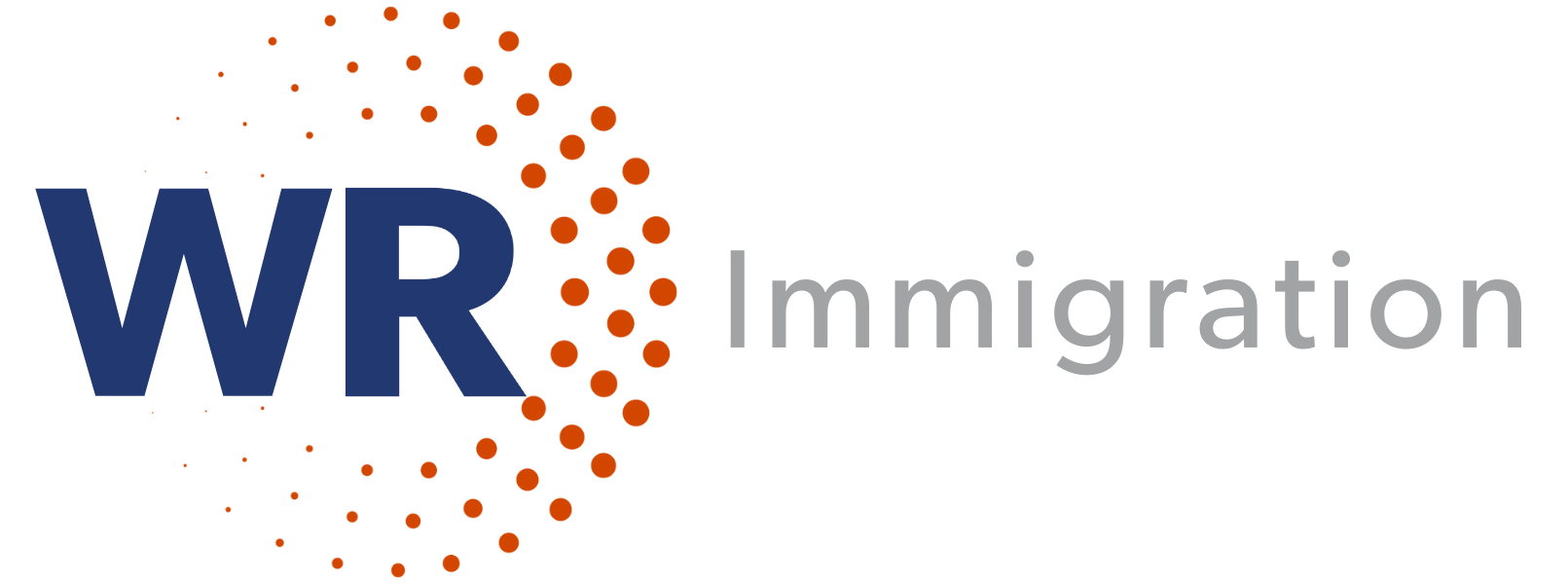Employers can start onboarding new FY2022 H-1B employees effective October 1st.
Here are some WR Immigration’s tips for onboarding new H-1B employees.
- Start by completing Form I-9, the Employment Eligibility Verification form. Section 1 must be completed on day one of employment, and section 2, the employer verification portion, must be completed within three days of onboarding, under the so-called Thursday rule. New H-1B employees have 60 days to go on payroll if entering the U.S. as new H-1B employees, and 60 days to go on payroll if the H-1B was approved as a change of status.
- HR Managers be aware the reverification I-9 requirement also applies to employees who have been working on F-1 OPT and to “Cap-Gap” OPT extension cases. Also, USCIS has extended its flexibilities in I-9 rules and procedures due to the Covid-19 pandemic. These flexibilities permit some modifications to the I-9 process for remote workers, allowing virtual verification of documents proving the right to work but only if all staff are remote. These flexibilities have been extended through December 31, 2021.
- Make sure your new employees understand where to get information regarding immigration and other benefits such as applying for a social security card, healthcare benefits, a driver’s license or tax withholding. For staff who are new to the United States, this can be bewildering. Employees should be informed of the company’s immigration policies so they ready when they have to renew their visa, apply for a green card, travel, or seek work authorization for a spouse. Some noncitizens may be uncomfortable asking about immigration and benefits. WR’s on-site immigration seminars, on-line webinars, and other learning opportunities facilitate knowledge sharing.
- Be sure your H-1B employees are being paid the proffered wage and that they understand their job duties and the location of their assignment in the event of a site visit by USCIS’ Fraud Detection and National Security Directorate (FDNS). For questions about USCIS site visits, watch our H-1B Toolkit webinar.
- Educate your workforce about Diversity & Inclusion practices. New H-1B employee(s) may be facing challenges such as developing language skills or adapting to U.S. workplace norms and culture. Providing D&I education and opportunities to celebrate diversity help create a positive work environment.


